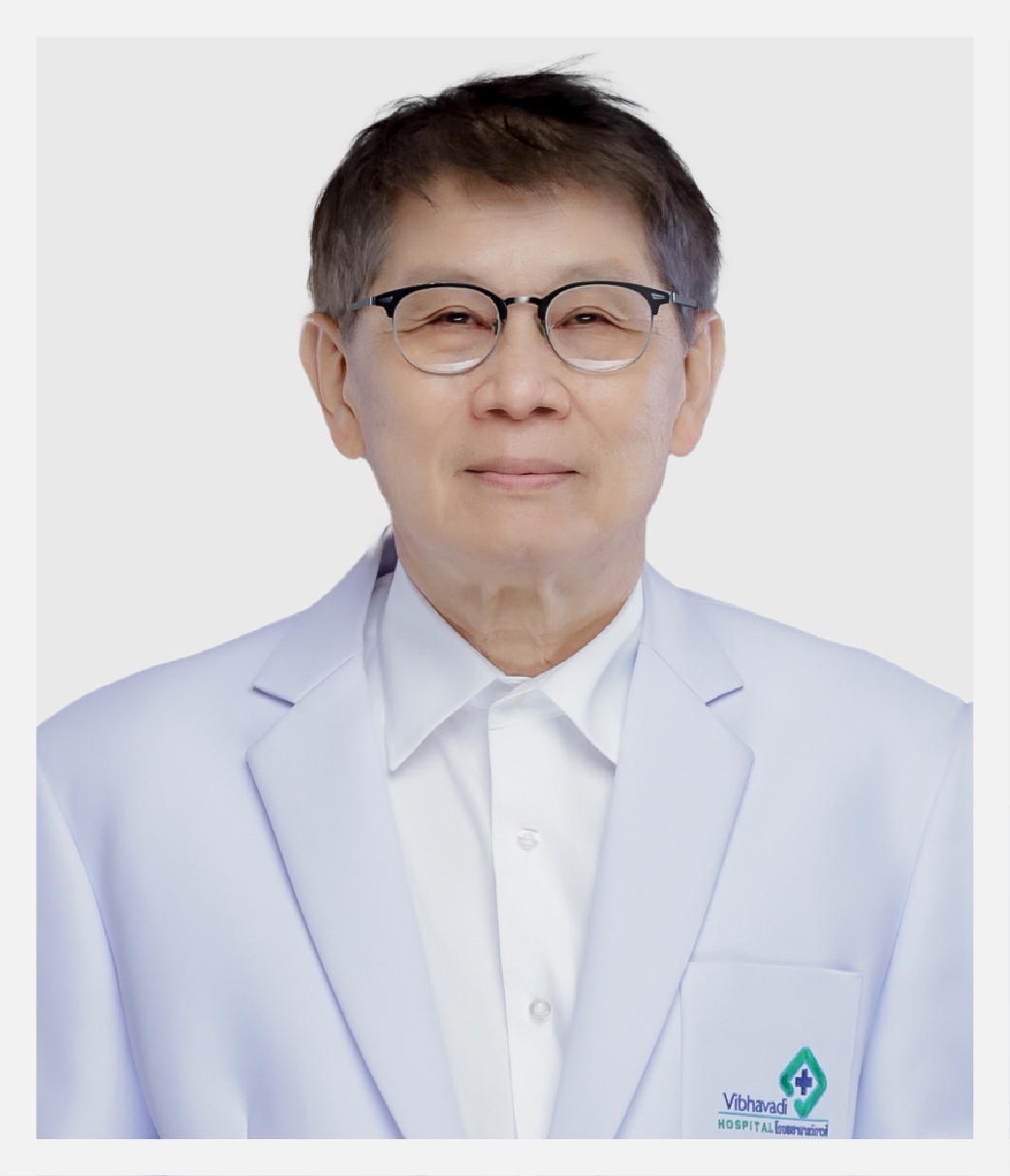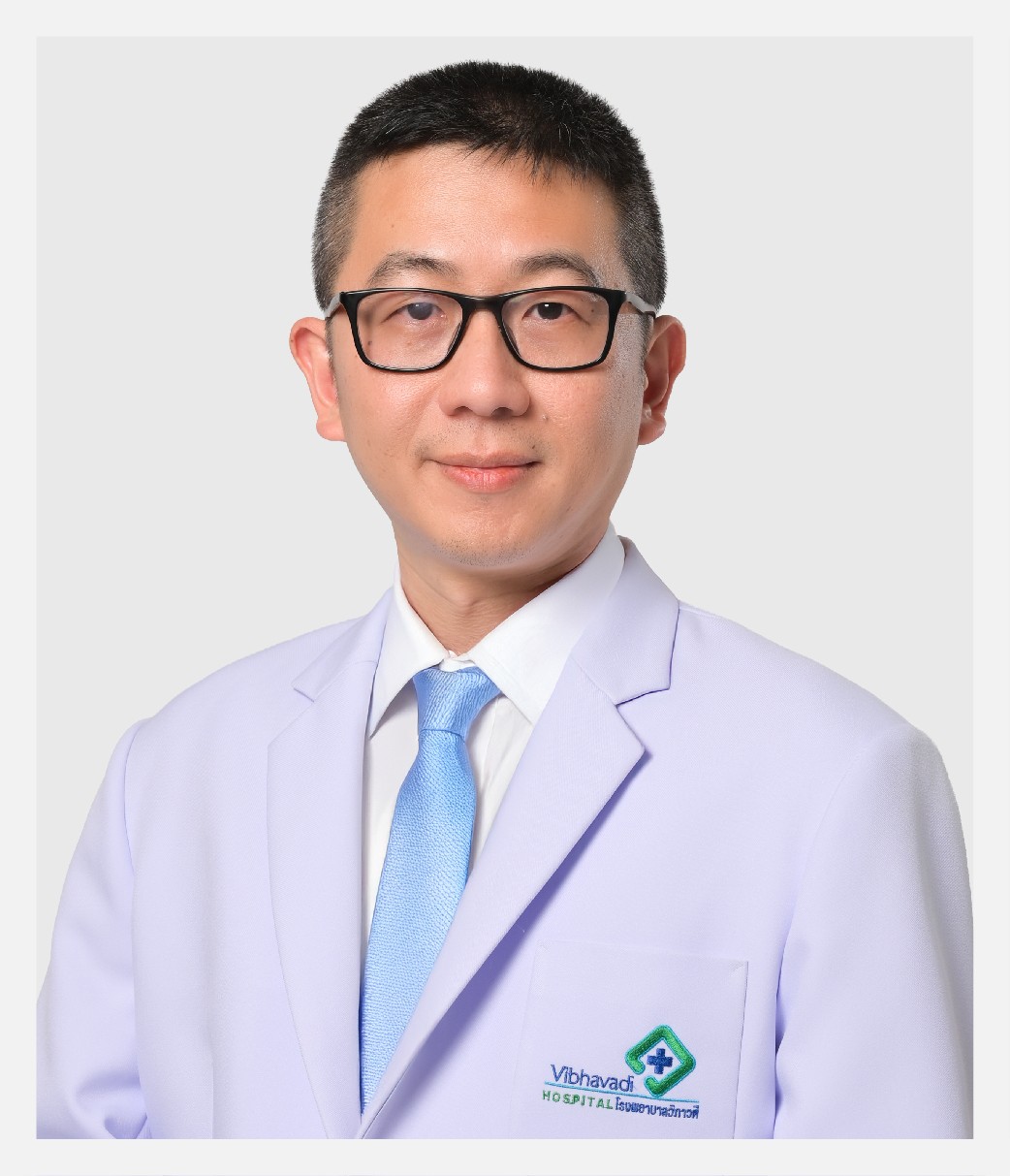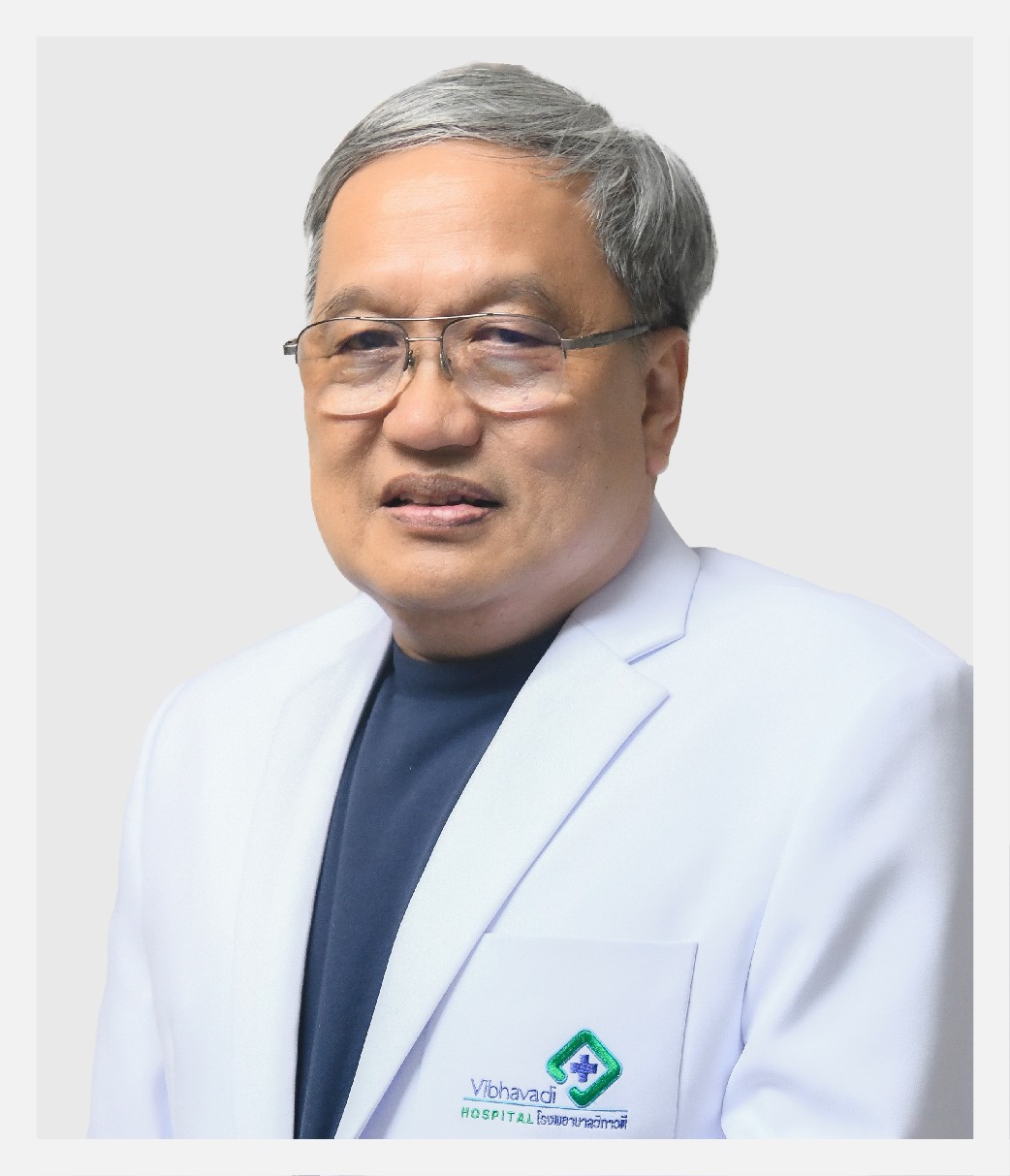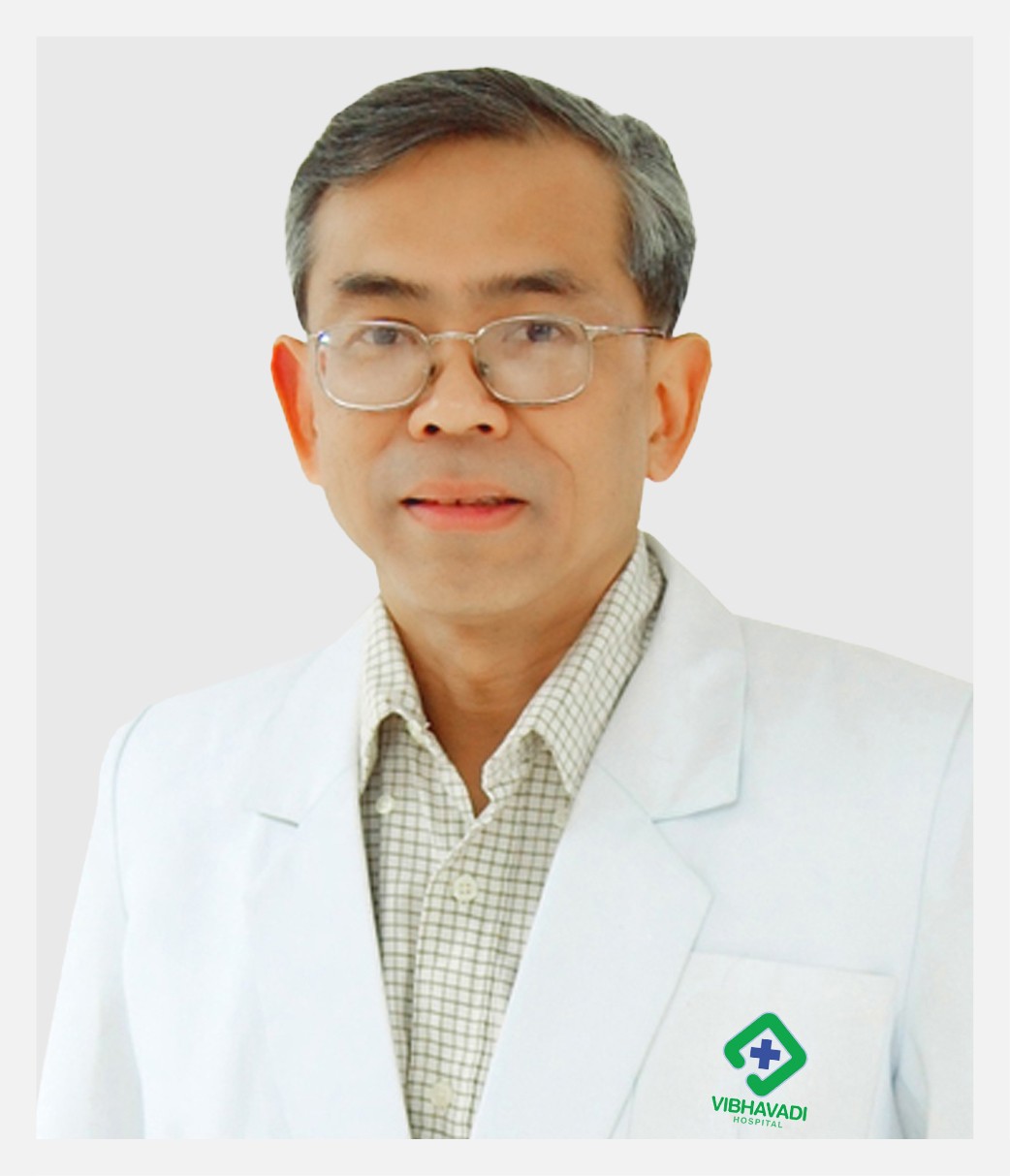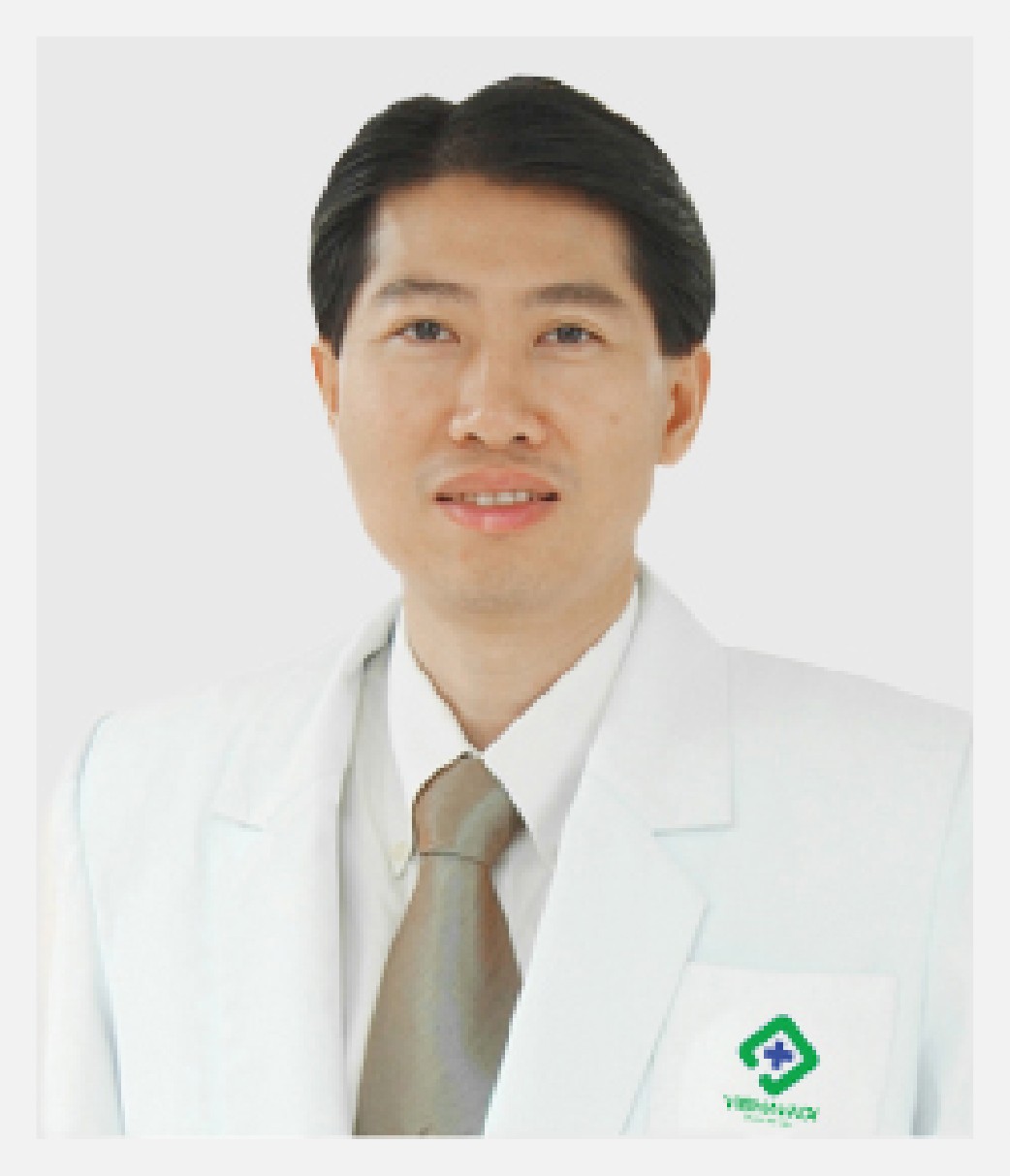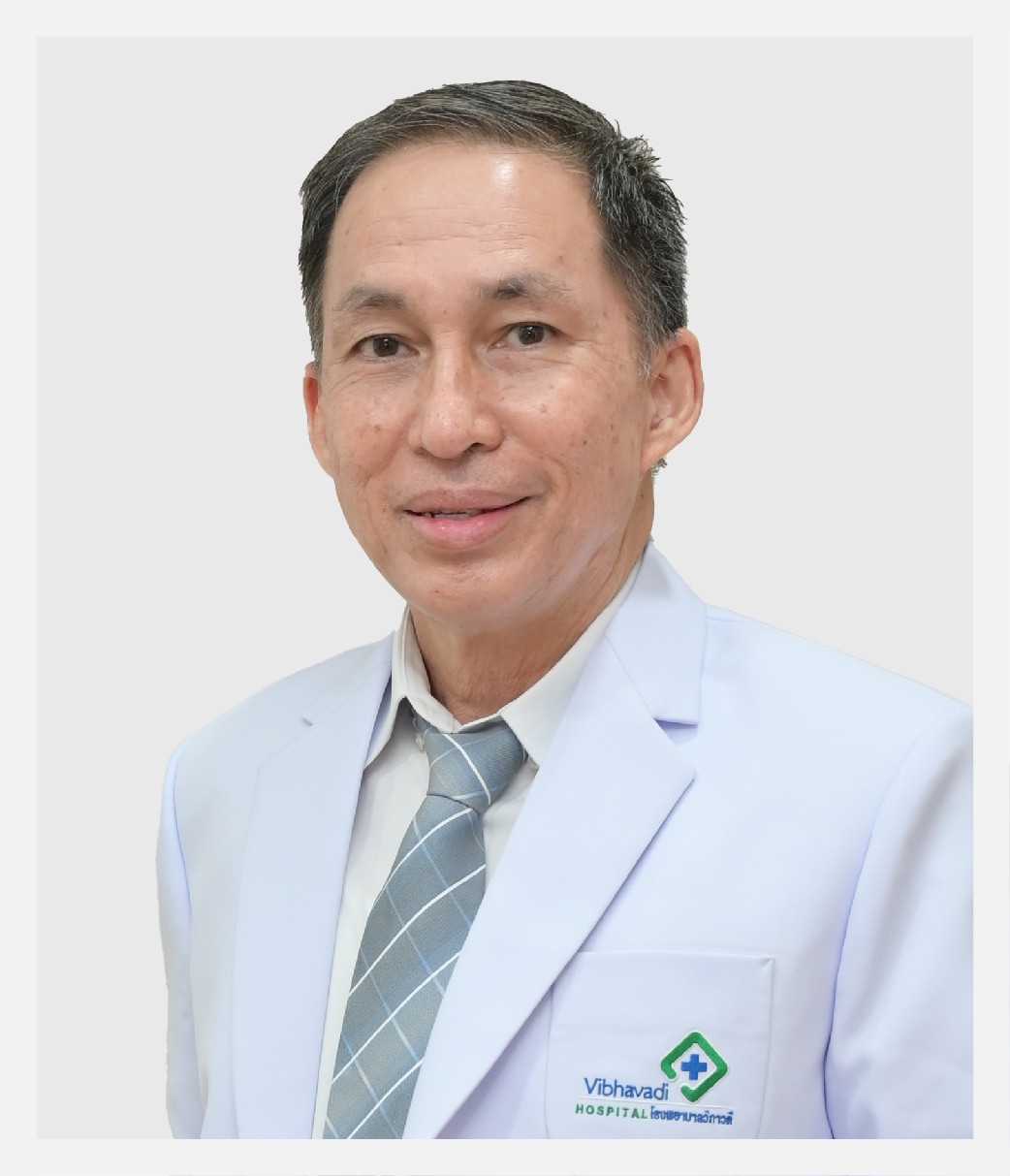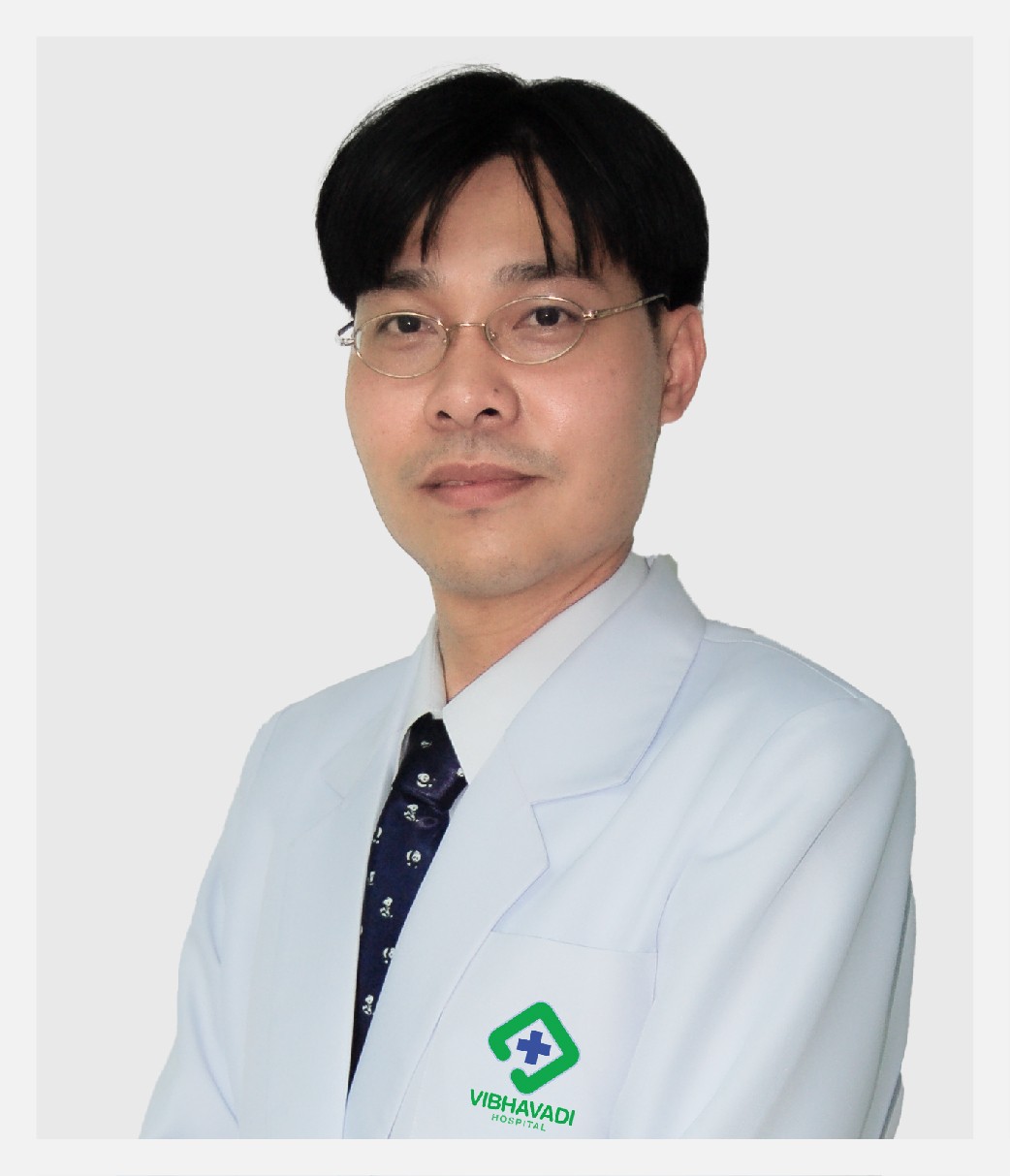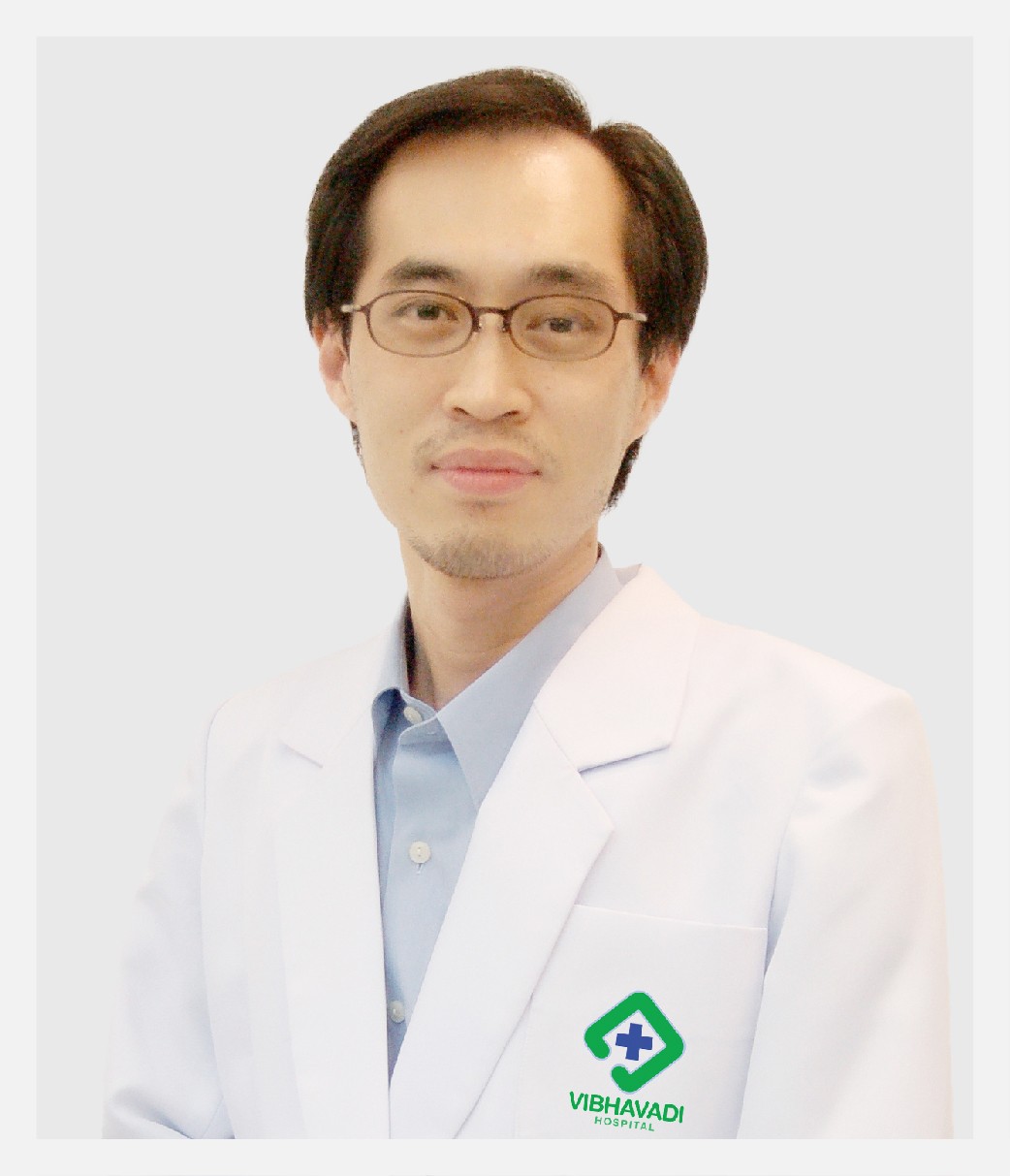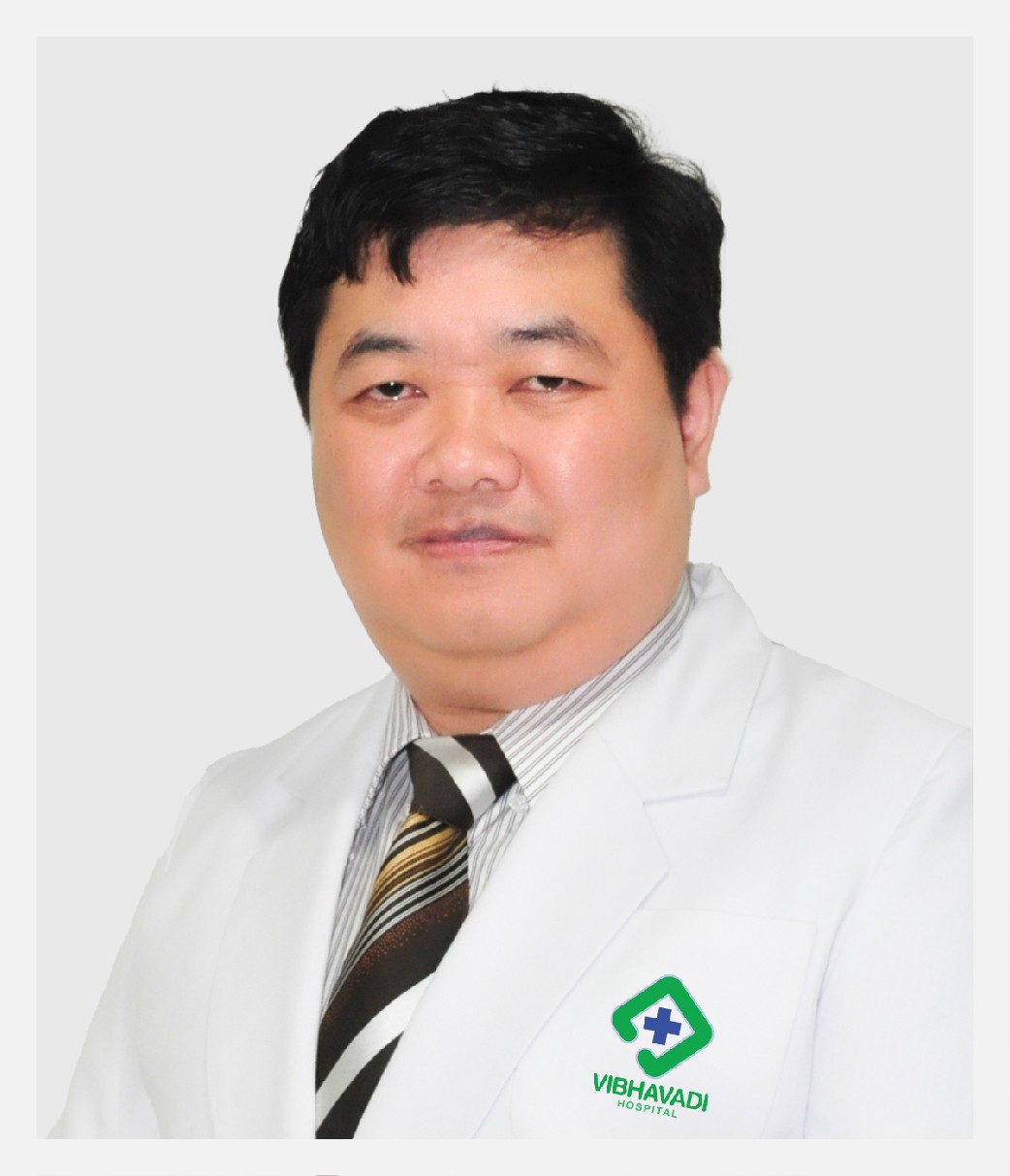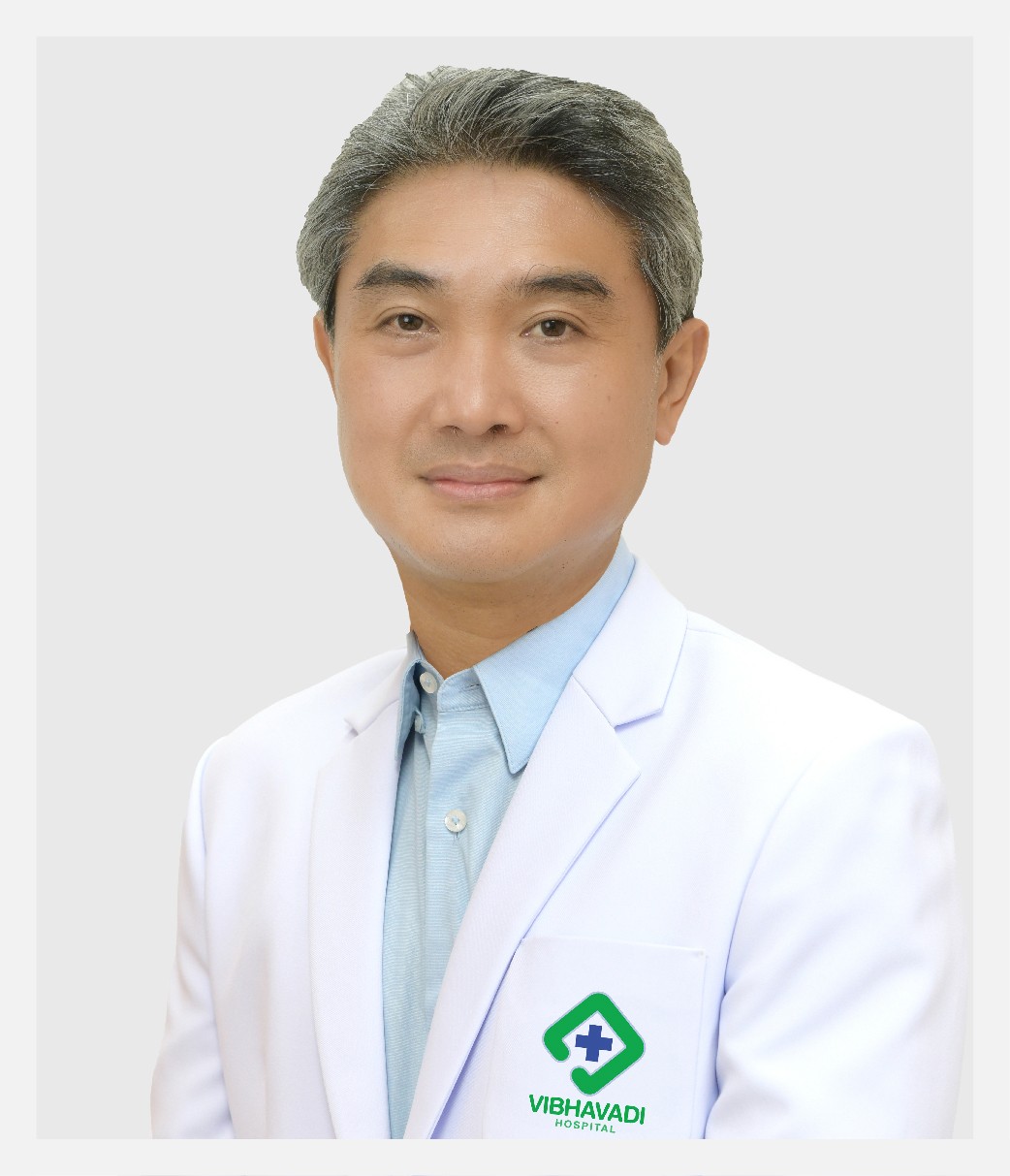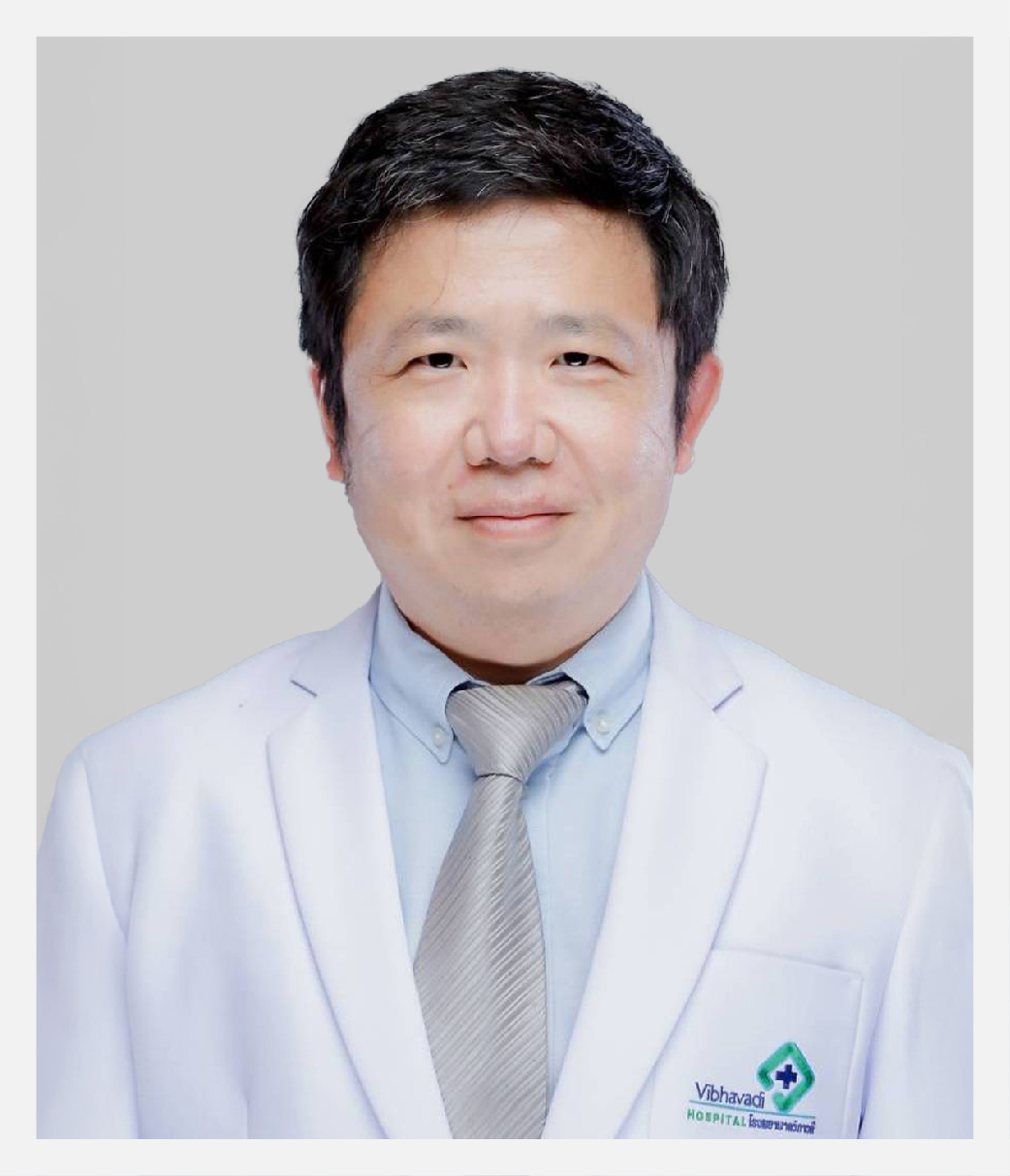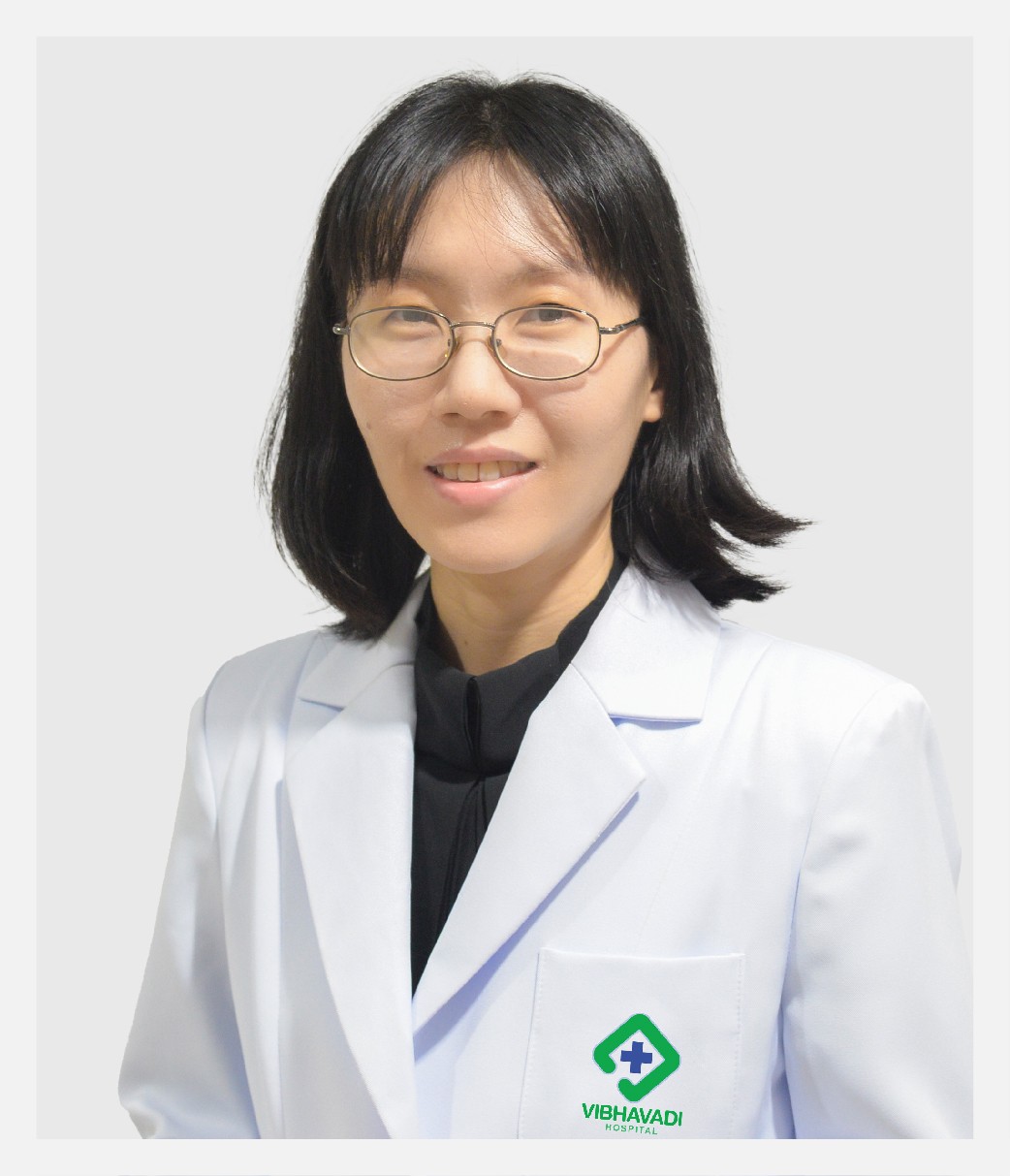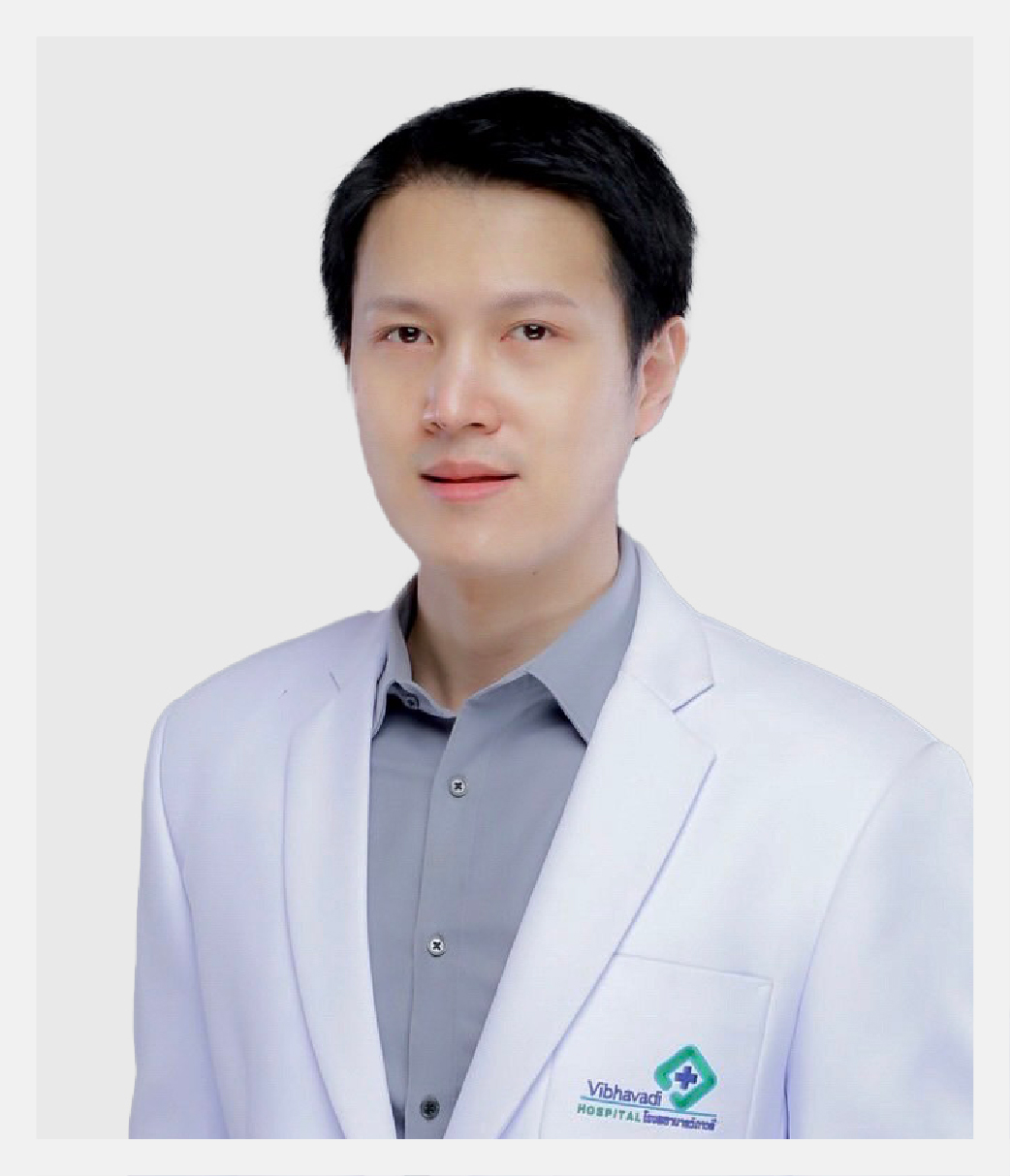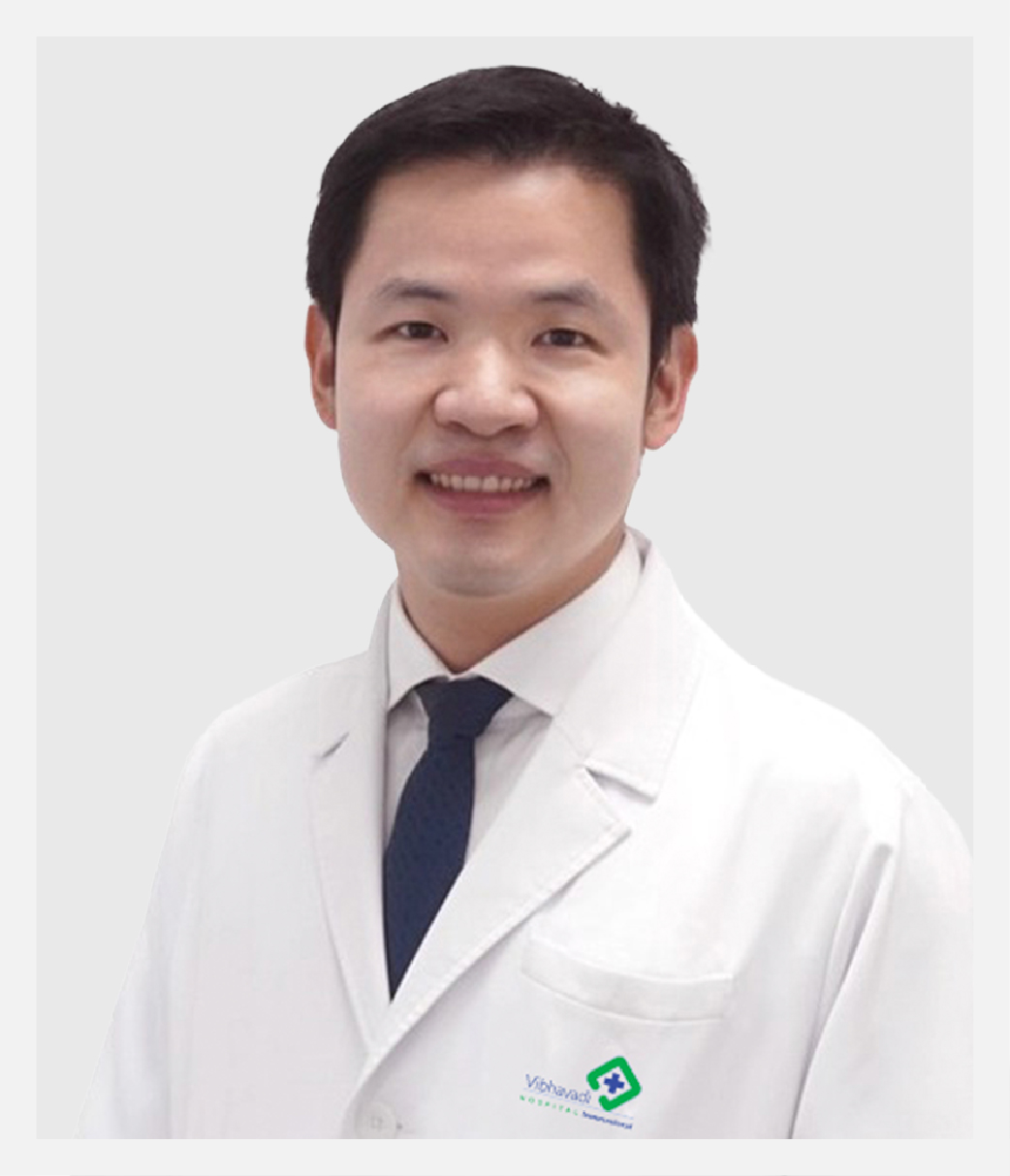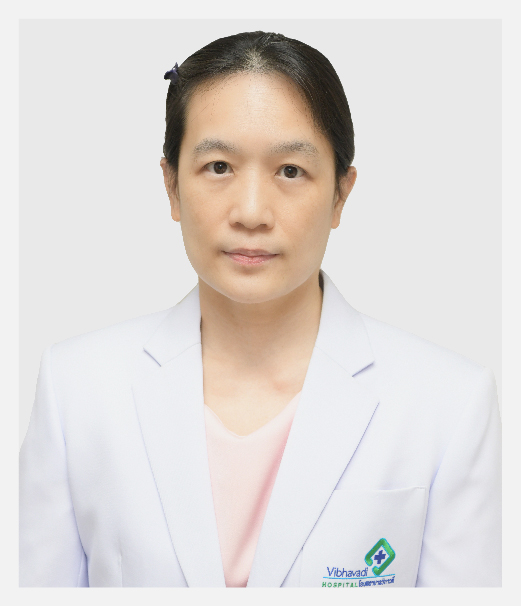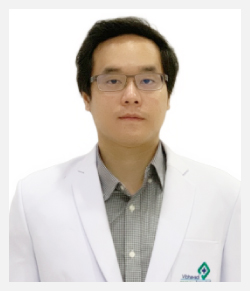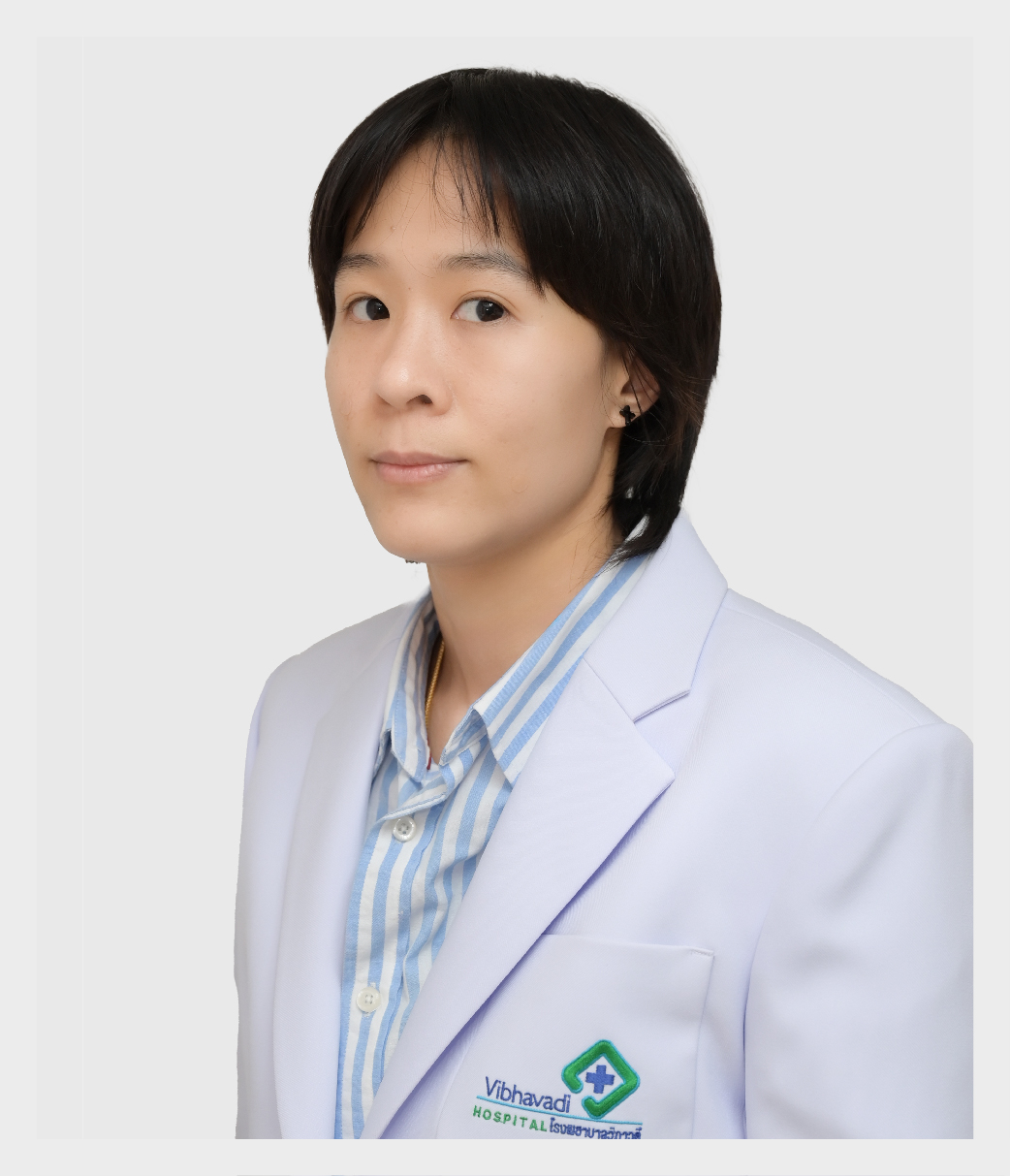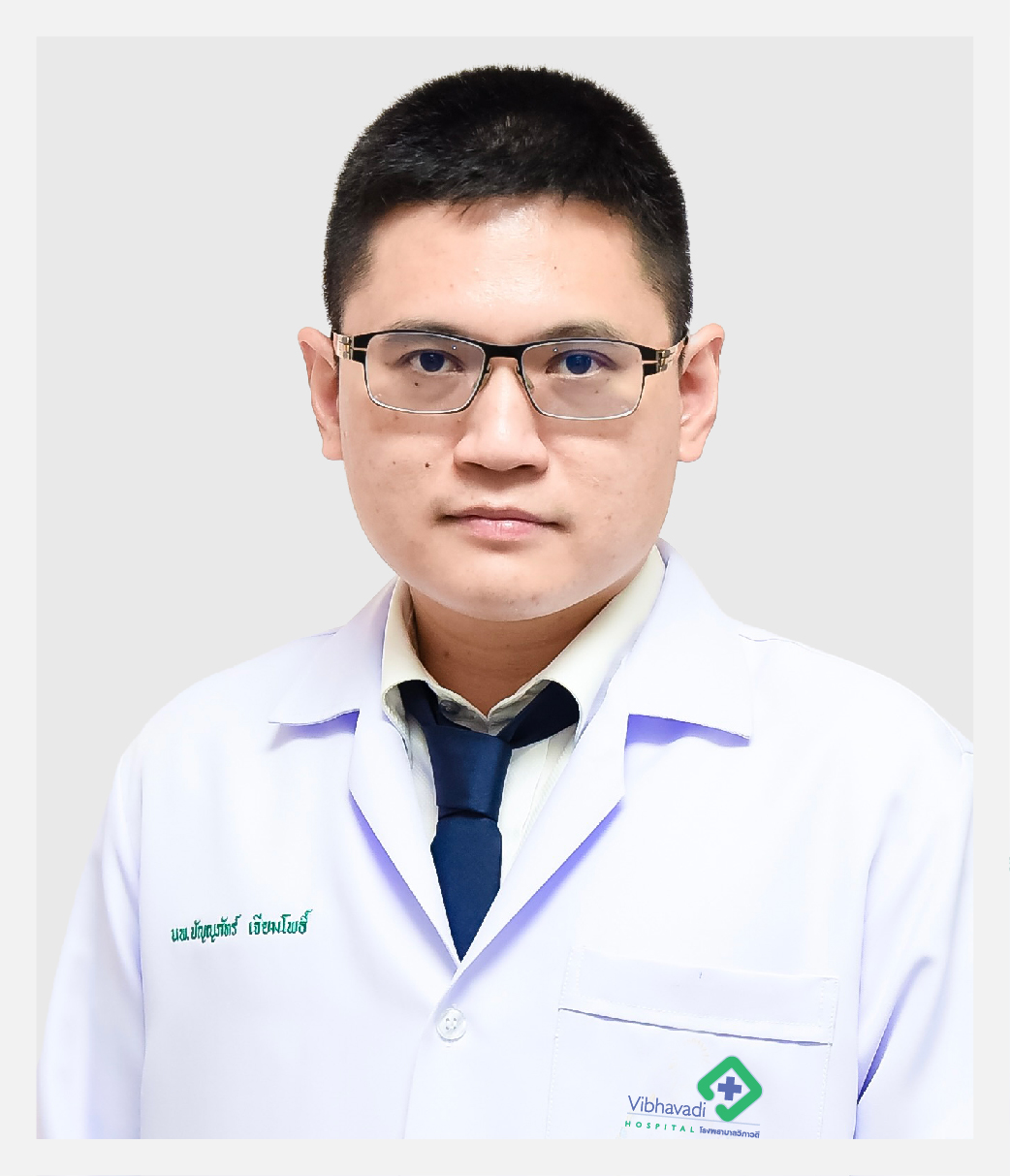Abdominal Aortic Aneurys
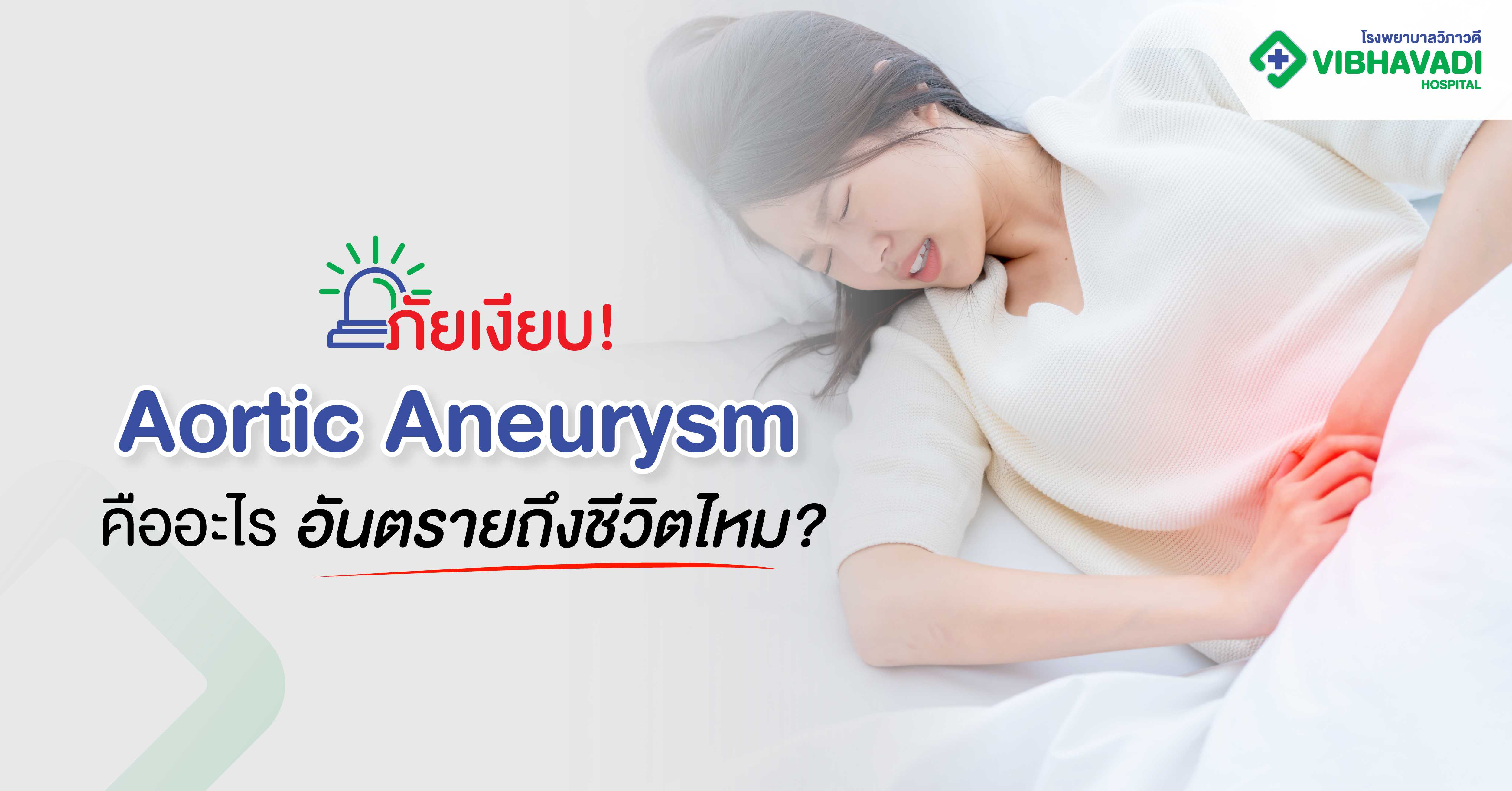
Most people don't notice big blood vessels traveling through the body unless something goes wrong. The aorta is one of them. The aorta carries blood from the heart outward into the body. When the lower section of this tube, in the abdomen, becomes weak and begins bulging, doctors call it an abdominal aortic aneurysm, or AAA.
Why AAA causes such discomfort is because it's silent. In the majority of cases, it grows by incremental slow steps, without warning. Most people don't even notice a thing until it gets large enough—or, worse, until it ruptures. Rupture constitutes instant, copious internal bleeding, and unless attention happens immediately may result in death. That's why the awareness of the risk and what one might experience makes all the difference.
Why an Aneurysm Develops
There’s rarely a single trigger behind an aneurysm. More often, it’s the gradual strain of different influences working together. Years of high blood pressure can quietly wear down the vessel wall, while smoking and fatty deposits inside the arteries make things worse. Genetics matter too—if aneurysms run in the family, your own chances rise.
Age is another piece of the puzzle. The older a person gets, especially men, the greater the risk becomes. And although less common, conditions like connective tissue disorders, physical trauma, or even certain infections can also weaken the aorta enough to set the stage for an aneurysm.
Recognizing the Signs
Here’s the difficult part: most abdominal aortic aneurysms stay hidden. When symptoms do surface, they might look like this:
- A deep, persistent ache in the belly or lower back
- A pulsing sensation near the navel
- Sudden, severe pain if the aneurysm bursts
Because these signals can be vague, or absent altogether, regular screenings are often the only reliable way to catch AAA early.
The Risks
The greatest danger is rupture. If the aneurysm ruptures, blood bursts inside, which causes severe pain, extremely low blood pressure, and frequent shock. Aneurysms can also sometimes tear along the artery wall (aortic dissection) or lead to blood clots that travel and block circulation elsewhere in the body.
That being said, not all aneurysms actually rupture. Most persist intact for years. That's why expert advice, personally guided, is required.
Reducing the Risk
You can’t change age or family history, but lifestyle choices do make a difference:
- Quit smoking – tobacco is one of the strongest risk factors.
- Manage blood pressure and cholesterol – healthy eating and, if needed, medication protect arteries.
- Eat for vascular health – more fruits, vegetables, whole grains, lean proteins; less salt and saturated fat.
- Stay active – moderate exercise supports overall circulation.
- Don’t skip checkups – screenings are crucial for those at higher risk.
Treatment Approaches
What happens after diagnosis depends on the size and growth of the aneurysm.
- Monitoring – smaller, stable aneurysms can be monitored by imaging and managed by lifestyle adjustments.
- Surgery – larger or rapidly growing ones tend to need repair. This may involve open surgery, which involves a graft replacing the damaged part, or a less invasive endovascular procedure, which involves inserting a graft by catheter through the artery.
(Disclaimer: Treatment approaches vary, and outcomes depend on each person’s health and circumstances. Visit a doctor to get the most appropriate plan after a full evaluation.
Care at Vibhavadi Hospital
Vibhavadi Hospital provides advanced screening and treatment for AAA, with an emphasis on early detection and personalized care. Patients benefit not only from modern technology but also from a team focused on guiding them safely through decisions and treatments.
Though it’s not often talked about, abdominal aortic aneurysm is a condition worth understanding. Because it can progress quietly, awareness and preventive habits are vital. Recognizing the risks, paying attention to subtle signs, and keeping up with checkups all go a long way in protecting vascular health
Testimonials
Proud to take care of you
